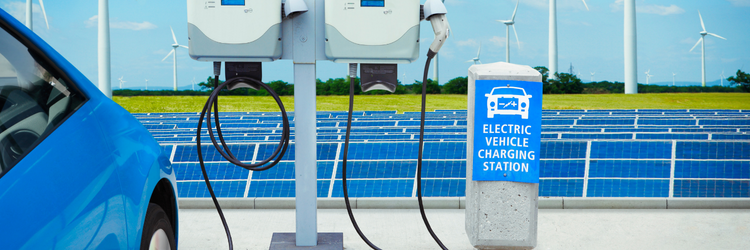Any relatively new technology is bound to manifest unexpected issues. Some of these issues can be foreseen and predicted; in these cases, rigorous testing should occur to ensure that performance is not hindered. But technology is no longer just for comfort, luxury, and entertainment. We depend on technology for survival, individually and collectively.
We all understand the desire to bring something to market very quickly, especially when the competition is hot on our heels. The first introduced new technology product often sets the standard and even generic name branding. Every Kleenex is a tissue, but not every tissue is a Kleenex, for example.
Sometimes, there is no way of predicting an unforeseen effect or anomaly. Even our best simulators and most rigorous testing may not accurately predict how something will behave in the real world. But, when survival depends on crossing your ‘t’s and dotting your ‘i’s, engineered products must be ready for the jobs they are designed to perform.
Part of the problem is that the world is not what it used to be. Storms of the century or generational events are approaching us at an accelerated and somewhat regular interval. Our environment has changed, and its change can be threatening, such as in the case of floods, tsunamis, heat and severe dryness, cold and harsh winds, more intense hurricanes and tornados, and other events we have yet to experience. If there was ever a time we needed to depend on our technologies, it is now.
But, as we try to clean up our act, the replacement technologies must work. If they are only fair-weather solutions, the increasingly more common extreme events will exact higher tolls. That is where we are today.
Case in point. Heat pumps are portrayed as excellent and environmentally friendly when it comes to heat or cooling our locations. While many socially conscious will opt to replace their oil-fired heater with a heat pump, they may not know that they will stop working when it gets too hot (above 110 degrees F) or too cold (Below -10 degrees F). The rated temperatures they are designed to operate within are insufficient to protect life when needed.
The electric car also comes with these temperature dangers. A recent AAA study shows that an EV can lose 40% of its range when the temperature changes from 75 degrees to 20 degrees F. Electric car charging stations are another area where temperature-related failures can be critical. This has been brought to light recently as extreme weather conditions moved across our country.
The colder the temperature, the longer it will take to charge an EV battery. The battery efficiency drops to 1.3 miles per KW hour, and when the fast-charging stations, which BTC Power rates to -30 degrees Celsius, fail at -6 degrees Celsius, we have a problem.
This recent cold front and national storm are highlighting these issues. Recent reports and complaints are showing the new Electrify America fast charging stations are failing at temperatures well within their rated specifications. These new charging stations installed at multiple locations and replacing the older ABB charge stations seem to be generating isolation errors in relatively cold climates.
The older style 150 KW ABB chargers still work at lower temperatures but will take approximately two hours to charge. The colder the temperature, the longer it will take to charge. And the colder the temperature, the less the battery’s expected life.
This is a problem that not only affects the ability to use and operate an electric vehicle. It is potentially hazardous for people who trust the technology. Failed charging stations are not the only concern here. The plugin connectors may be impossible for some people to plug into their vehicles as the plastics and enclosure tolerances male it requires too much insertion force. Additionally, the cables become stiff and challenging to handle when they get cold.
Hopefully, this is just a blip on the radar as the technology becomes more used and refined, but these concerns are real to people who have spent a lot of money to embrace the newest and cleanest technology.
It is interesting to note that the Tesla fast chargers have not been reporting the same levels of problems with cold weather charging. So, maybe in a rush to get the newest BTC Electrify America chargers deployed, they cut a few corners.
In general, EVs lose 12% of their range in cold weather and up to 41% of their range if you use heat. Some suggest charging an EV when parked in a warm garage, but not only is that not always an option, there are safety concerns when charging EVs indoors.
We must be certain, before dismantling an infrastructure we’ve grown to depend on, to thoroughly engineer the replacement technologies. Time to market should not come before the health and safety of consumers.

